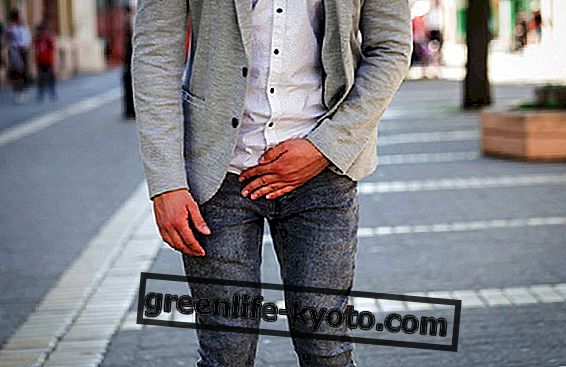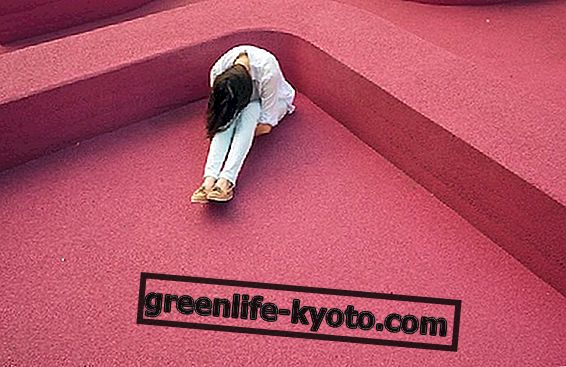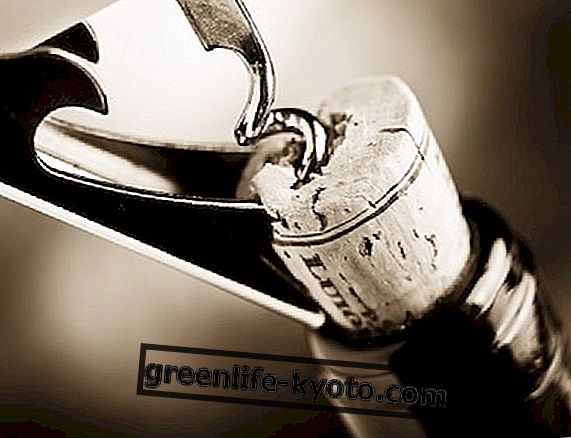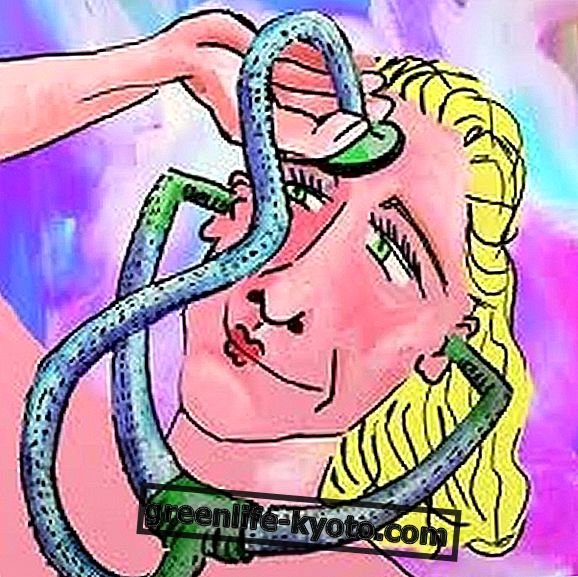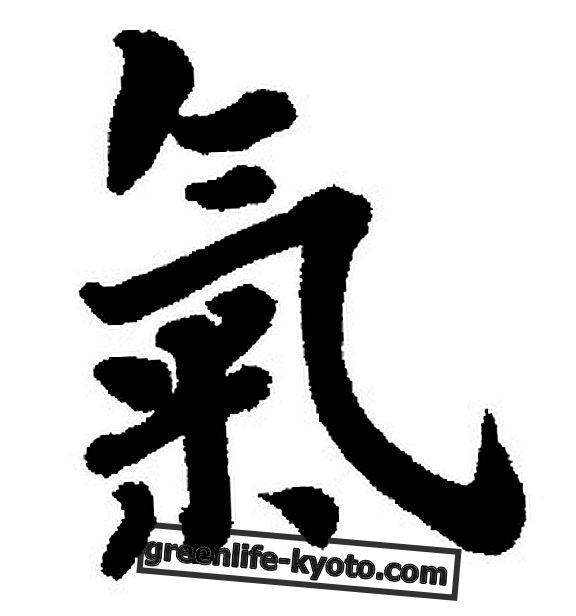
Clay is an excellent natural remedy for the beauty and care of skin and hair : let's see what are the uses of clay for beauty and how to use it to prepare easy DIY cosmetics.
Green, white, pink clay: what clay is and what it is used for
The clays are natural mineral powders with absorbing action, which are presented with different colors depending on the mineral composition: on the market we can easily find green clay and white clay or kaolin and, in the most supplied herbalist's shops, the red clay and pink clay.
All clays have the ability to absorb liquids and have abrasive properties in common; in cosmetics they are used in the form of masks, wraps and muds to remineralise the skin and remove dirt and impurities from the epidermis, but can also be used for massages or as a natural remedy for rheumatism, dermatitis and gastrointestinal problems.
Clay for the skin: which to choose
Clay is the main ingredient of many DIY face masks, because it cleans the skin in depth and remineralizes the epidermis, but which clay should you choose for your skin type?
Green clay, the most common, has absorbent, purifying, antiseptic and healing properties: it is particularly suitable for those with oily and impure skin, to prepare purifying masks but also make-up remover lotion and sebum-balancing soap.
The white clay, or kaolin, the pink clay and the violet clay, are instead more delicate and suitable for the preparation of cosmetic products dedicated to those who are sensitive, delicate, dry or irritated; red clay is particularly valuable for those who suffer from couperose or those who have sensitive skin and are prone to redness.
The white, pink, purple and red clay are also used to prepare make-up products, in particular foundation and blush.
Here is the recipe with the clay of the purifying face mask
The clay for the hair
The clays have cleansing properties for the hair because they absorb excess dirt and sebum: the powder of rhassoul or ghassoul is one of the most used clays for cleaning and beauty of the hair.
The clays can be used as an alternative to shampoo to cleanse hair in a natural way or used to prepare compresses and masks useful to counteract excess sebum in the scalp.
White clay and purple clay are suitable for all types of hair, while green clay is certainly more suitable for those with greasy hair and pink clay is suitable for those with sensitive or irritated scalp; the use of red clay is instead recommended for those with dark, red or copper hair.
How to use clay: 6 internal and external uses
The use of clay for health
In addition to the cosmetic uses of clay, green and white clay are also used as a natural remedy for various disorders .
The white clay, for example, is indicated in case of diarrhea and gastointestinal disorders in general; green clay is also useful in cases of rheumatism, eczema and dermatitis that cause itching and to prepare useful muds against cellulite .
Both clays are used both for internal use in case of diarrhea (taking a teaspoon dispersed in a glass of water) and in the form of compresses and poultices in case of joint pain, dermatitis and cellulite.
